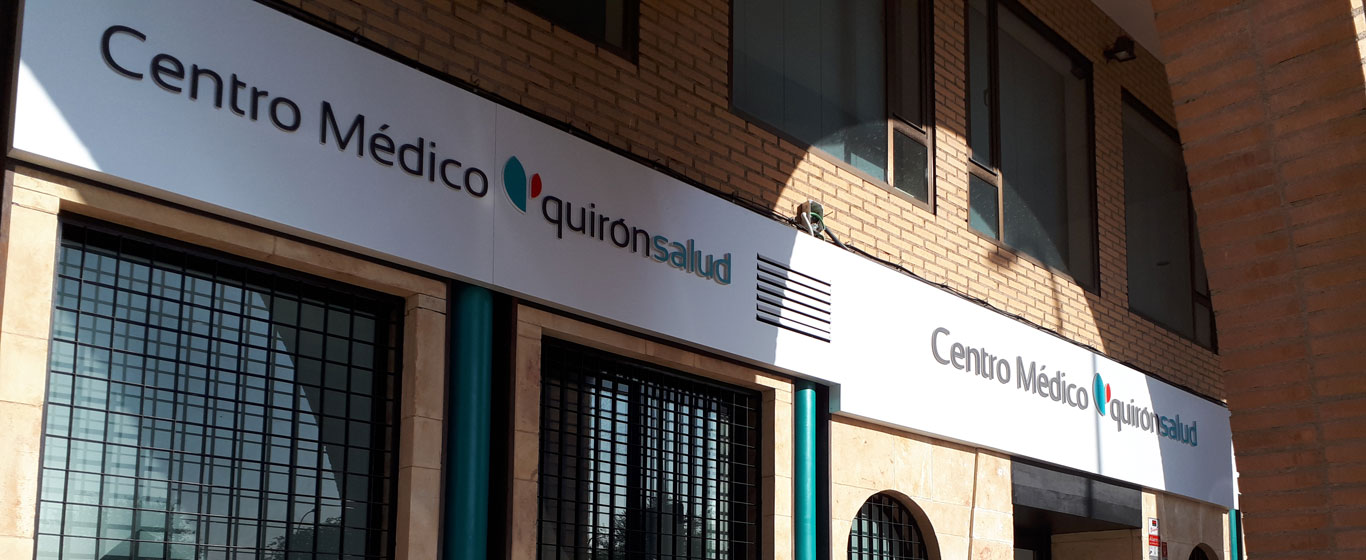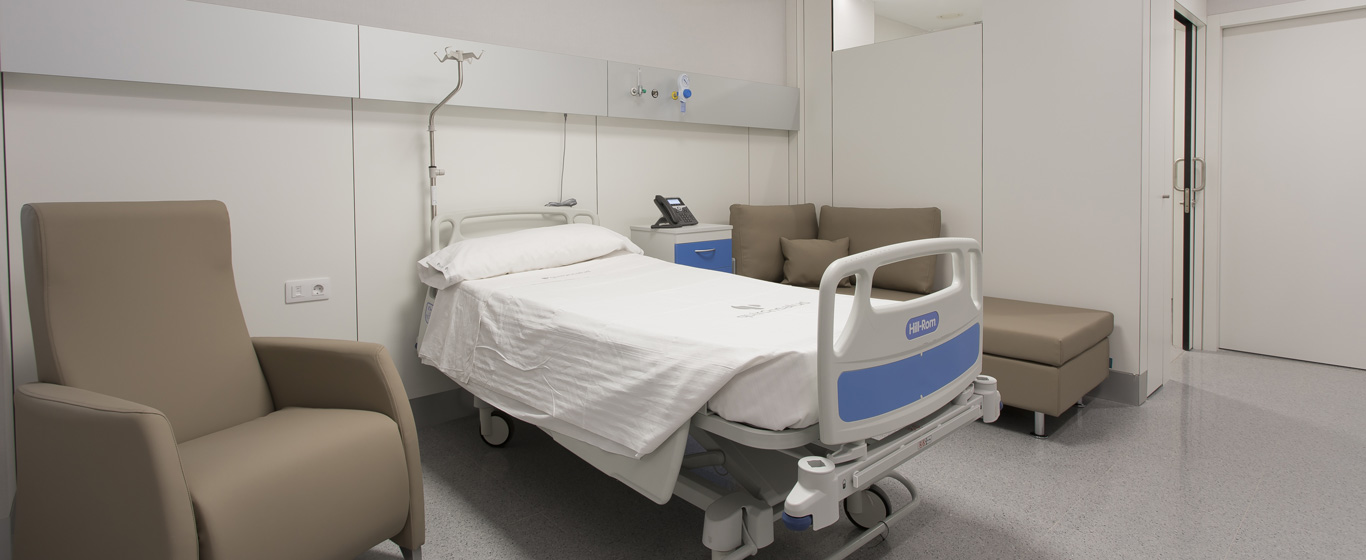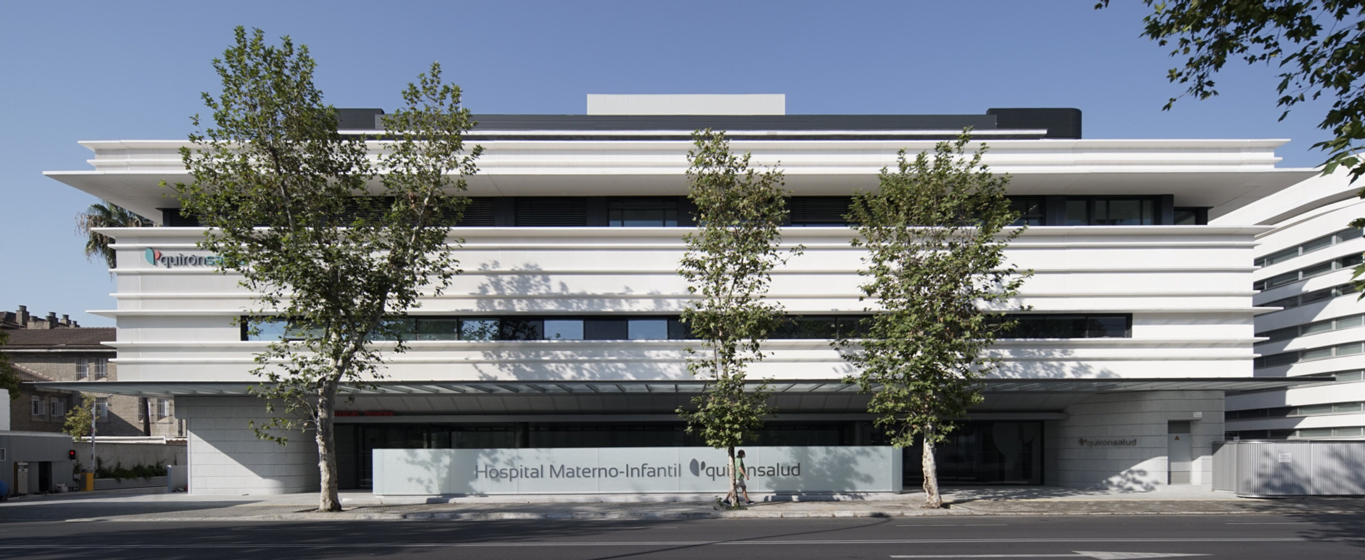Telangiectasia
What is telangiectasia? Information about its types, causes, symptoms, and treatments.
Symptoms and Causes
Telangiectasia refers to small blood vessels or capillaries that dilate on the skin or mucous membranes. They appear as fine lines forming networks, which is why they are also known as spider veins.
They typically develop in areas exposed to the sun, but they can also appear on other parts of the body. The most common locations are the face, the sclera (the white part of the eyes), the hands, the legs, and the ankles.
Unlike varicose veins, which are permanently dilated veins, spider veins are usually a mild condition that does not cause complications. However, medical follow-up is recommended as they may indicate an underlying condition, such as circulatory issues.
Symptoms
The primary indicator of telangiectasia is the appearance of small, red or bluish linear or spider-like lesions. When the affected vein is deeper, they may appear green. Telangiectasia is typically asymptomatic.
Although uncommon, additional symptoms may include:
- A sensation of tired legs
- Heaviness
- Tingling
- Mild swelling
Causes
Telangiectasia occurs due to an alteration in venous function:
- Venous valve insufficiency: The veins weaken, preventing blood from returning properly to the heart.
- Venous hypertension: Blood pools in a section of the vein, increasing pressure on the vein walls.
This change occurs due to several factors:
- Aging: While it is more common in older individuals, it can appear as early as age 20.
- Pregnancy: Hormonal changes weaken vein walls.
- Sun exposure
- Rosacea: A condition that causes facial redness.
- Trauma to the affected area
- Certain hereditary diseases, such as Bloom syndrome, congenital telangiectatic marmorata, or Osler-Weber-Rendu syndrome (hereditary hemorrhagic telangiectasia).
Risk Factors
The likelihood of developing spider veins increases in the following cases:
- Sex: More common in women.
- Genetic predisposition
- Aging
- Hormonal changes (pregnancy, menopause, or puberty)
- Prolonged sitting
- Sedentary lifestyle
- Obesity
- Sun exposure
Complications
Telangiectasia is usually not a health risk. The main concern is aesthetic, which can affect self-esteem when it spreads over larger skin areas.
In some cases, it may indicate venous insufficiency, leading to blood accumulation in the veins (especially in the legs), or liver disease, where the liver does not function properly.
Prevention
Some recommendations to prevent spider veins include:
- Engaging in regular physical activity
- Maintaining a healthy weight
- Following a balanced diet
- Avoiding tight clothing
- Avoiding sun exposure during peak hours and using high-protection sunscreen
For individuals with a genetic predisposition to telangiectasia, these measures help prevent worsening symptoms.
Which Doctor Treats Telangiectasia?
Plastic, aesthetic, and reconstructive surgeons, as well as vascular surgeons, diagnose and treat spider veins.
Diagnosis
Telangiectasia is diagnosed through a physical examination, during which a specialist observes the condition of the spider veins and assesses the degree of inflammation.
If there is suspicion of blood clots or venous valve dysfunction, an ultrasound may be requested to evaluate the internal state of the veins.
Treatment
The treatment for telangiectasia depends on the size, location, and underlying causes of the spider veins. While they may not always be completely eliminated, their size and intensity can be significantly reduced. The most effective treatments include:
- Compression stockings: Recommended for mild cases to improve blood circulation and reduce swelling.
- Laser therapy: Pulsed dye laser (PDL) is applied to the lesions with intensity and frequency adapted to each case. When hemoglobin absorbs the laser light, the blood vessels coagulate due to the heat.
- Sclerotherapy: A saline solution containing specific chemical agents is injected using a fine needle.
- Electrocoagulation: A technique used less frequently due to the higher risk of scarring. It involves applying electrical current with a device to carbonize and eliminate the spider veins.






























































































